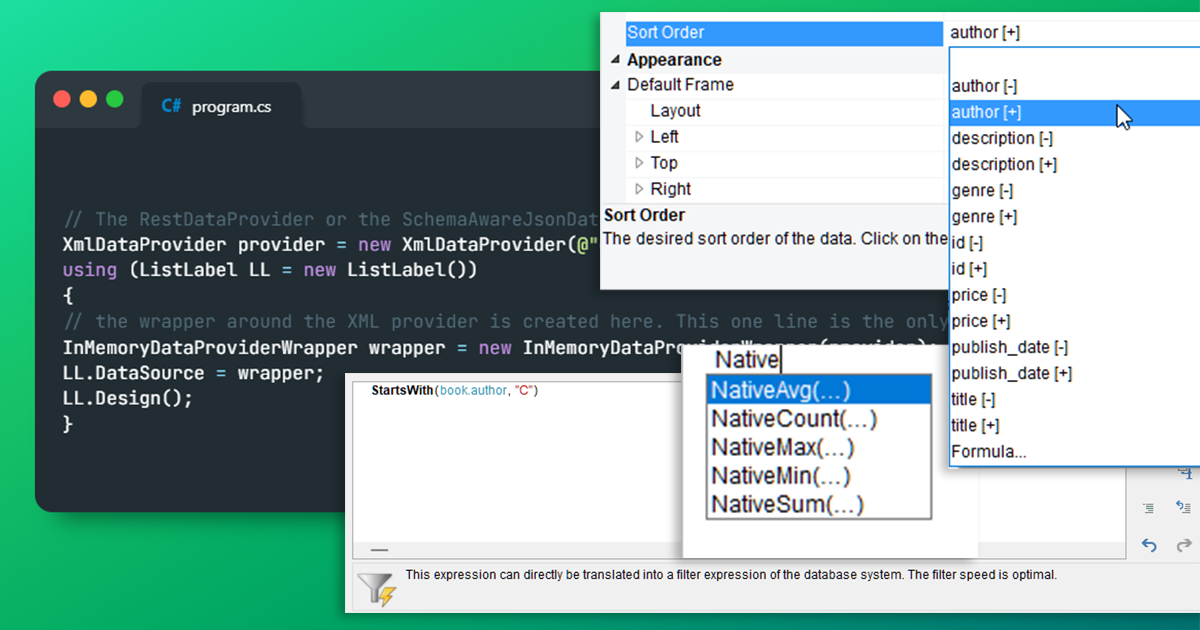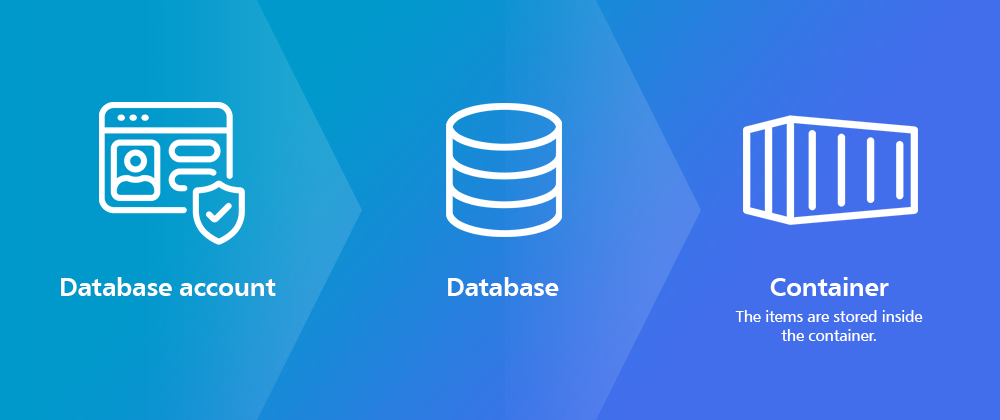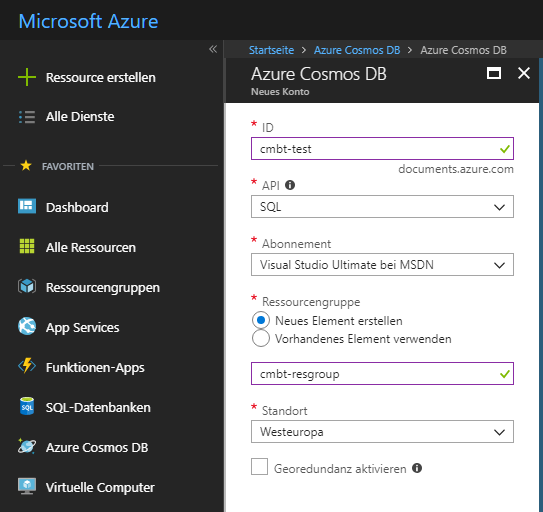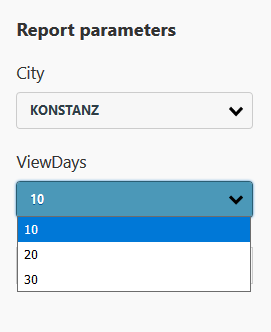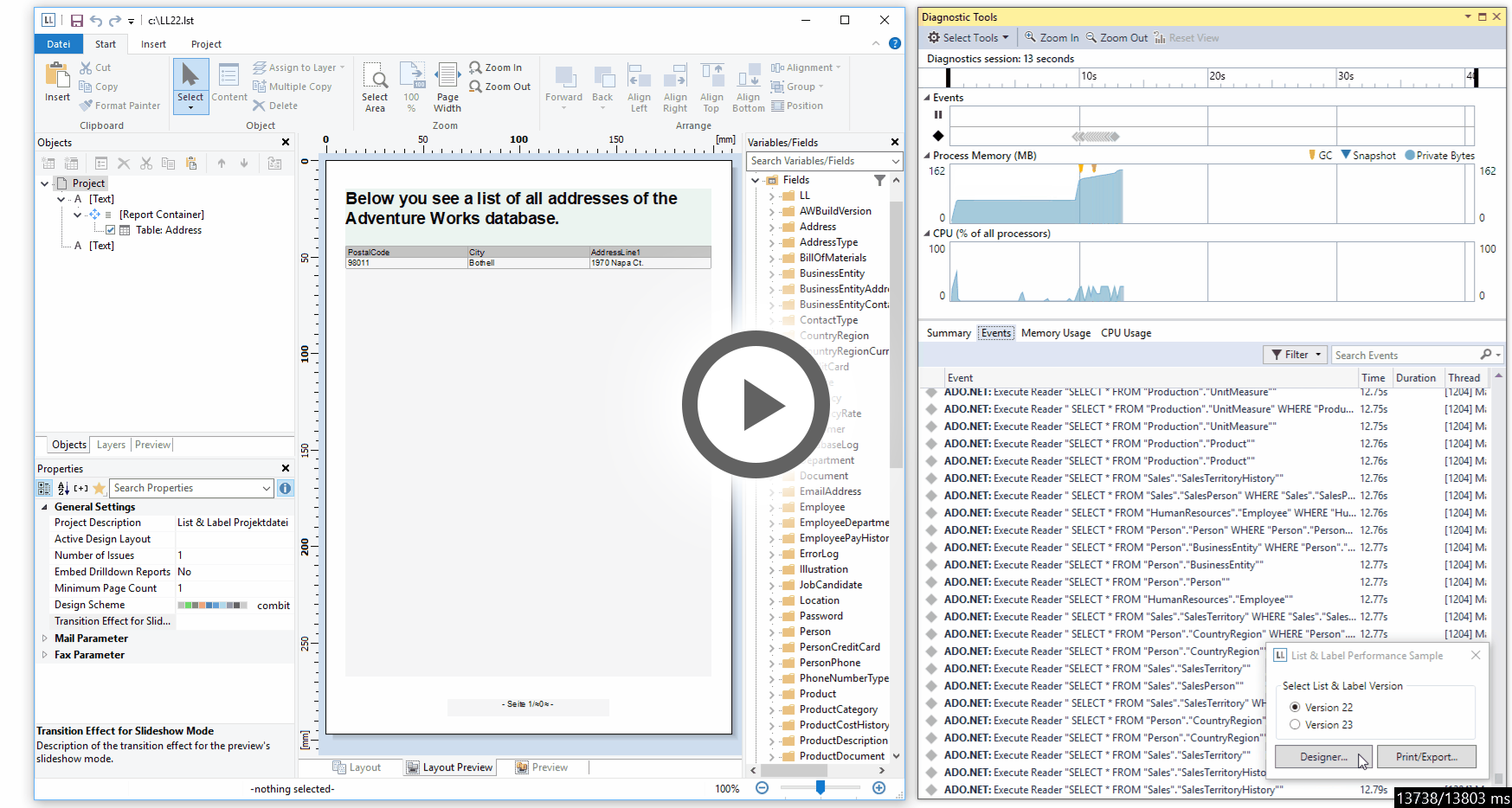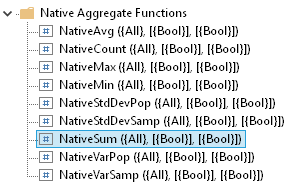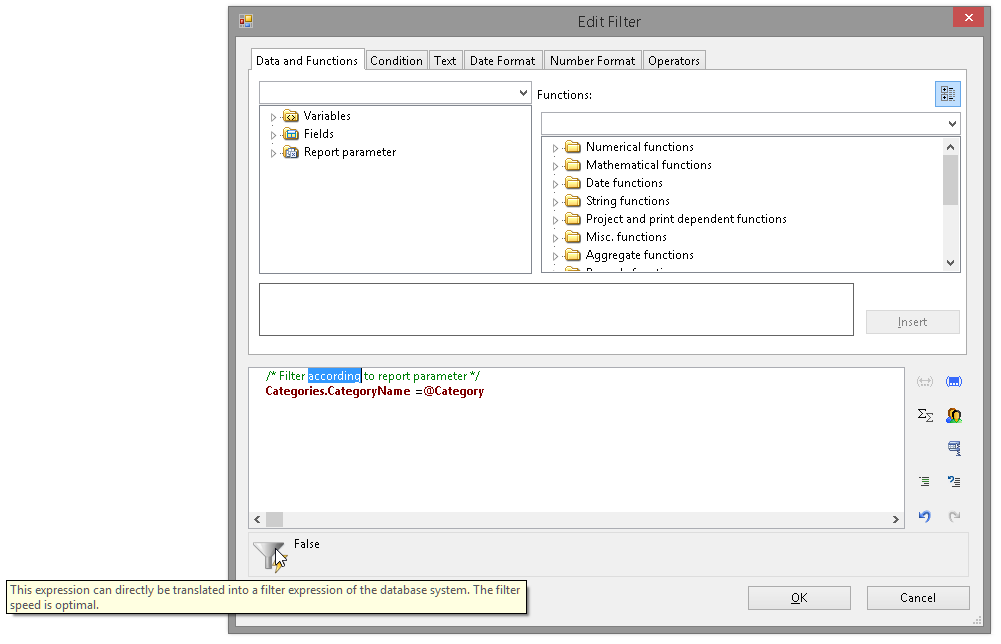InMemoryDataProviderWrapper: Data Provider on Steroids
The features of different data providers vary widely. Depending on the data source, sorting, native aggregate functions or filters at database level may be available directly. Or not. For example, none of this is available in file-based formats such as JSON or XML, or even in “web” formats such as REST. These are typically read “front to back” and therefore cannot offer sorting or native aggregation. With List & Label 29, we have something new to offer.
